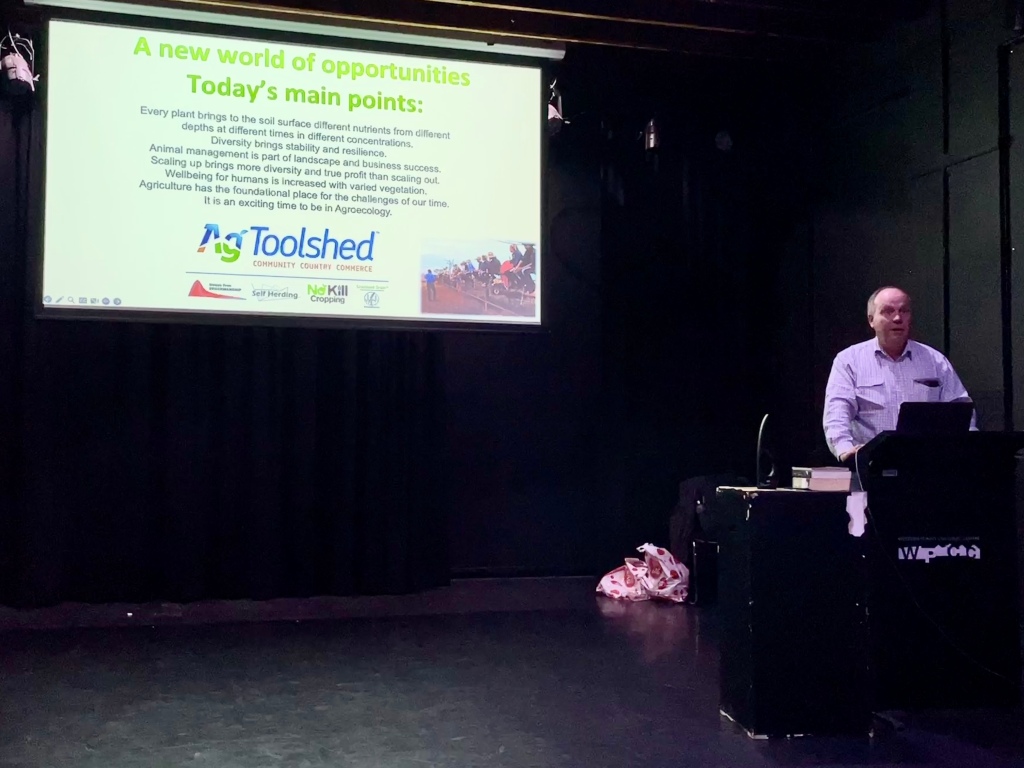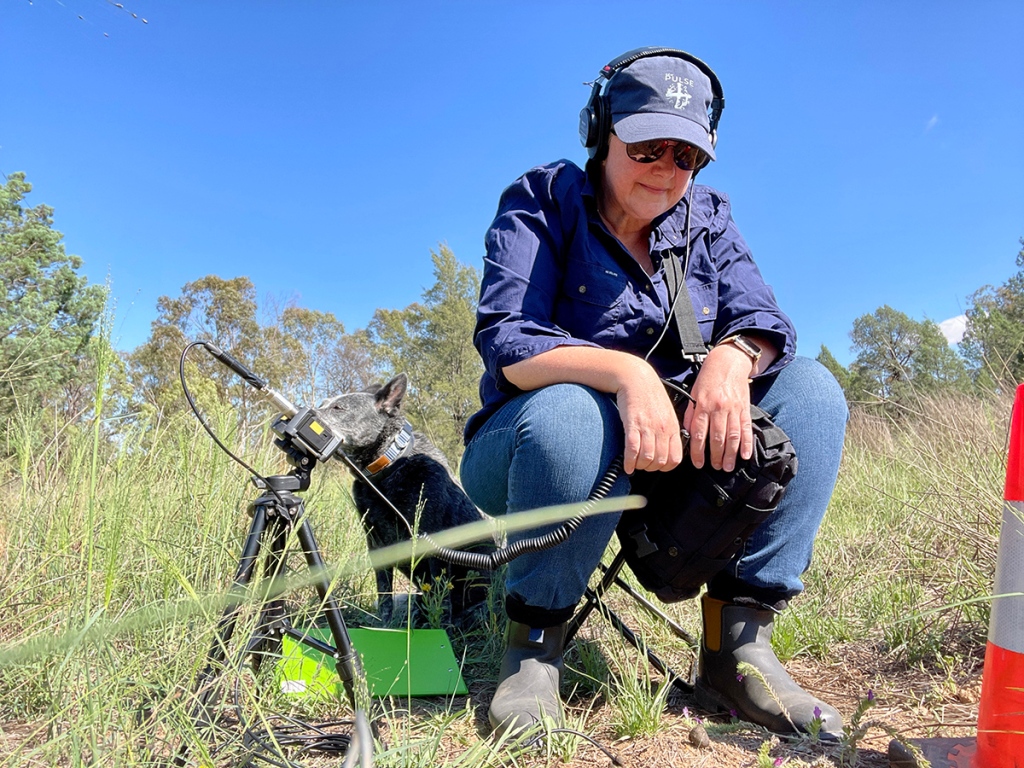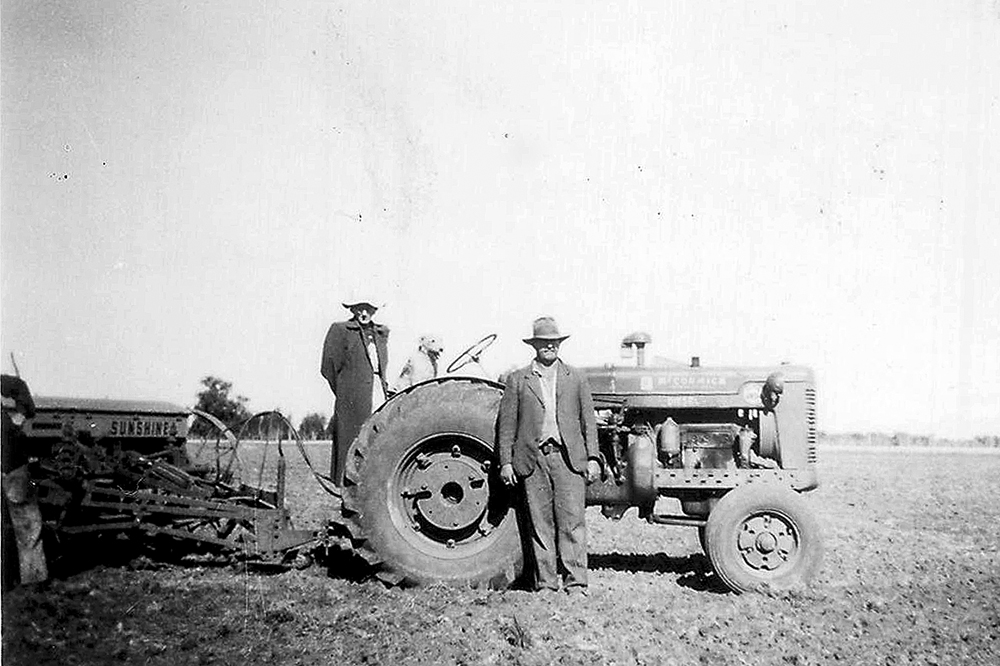One chilly morning in April, I rose before dawn to listen to a conversation hosted by Colorado College (USA) on Environmental Philosophy and the Ethics of Attention. I was prompted to register for this international webinar because of my interest in how I might dig more deeply into the issues and themes that have been bait for my creative work over the past few years.
The issues and themes I’m referring to include human/non-human connections, more-than-human perspectives through attentive and reciprocal listening, biodiversity loss, food security, climate adaptation, our transition to renewable energy sources, enabling change through system disruptions, and other ways of simply being and doing. Since, the Eye of the Corvus project (2018-20), I’ve been trying to address these ideas in my work through attentive listening, field recording more-than-human sounds, recording and mapping audio stories of people connected to regional landscapes, propositional and responsive writings, photographing and videoing details of the places I work within, and encouraging others to join me in conversation about our collective future, particularly regional futures.
Over the course of my projects and in between them, I read a lot—papers, books, essays, editorials and blog posts, as well as occasionally listening to podcasts…that often lead back to more reading. I have lists and lists of links to titles, quotes, URLs and more, a tilting virtual pile not unlike those on some bedside tables. I rarely read anything much from cover to cover, but I dip in and out of anywhere up to six books at a time that sometimes overlap in ideas, sometimes converge, and sometimes contradict each other.
It’s while I’m out walking, or in the middle of the night, that these ideas start to take shape. My mind is constantly churning. At the moment, it’s all about how to extend social and regional ecology ideas investigated in the creative development work I did on Mosses and Marshes (2019-2022) and Regional Futures: Vaticinor (2022/23). The proposed extension project is SOIL+AiR creative future landscapes. The combined listening, thinking, reading and writing activities I’m undertaking are leading me towards how SOIL+AiR might take shape beyond the preliminary fieldwork and research I hope to start soon.
Different ways of doing and being
From mid-2024, the first part of this project will get underway. Narromine district farmer Bruce Maynard and I will co-lead explorations on his farm, considering challenges or provocations that ask us to think differently, and (re)imagine what healthy, thriving landscapes and communities of the future might look, sound or feel like. The second part involves the wider community—inviting different knowledge holders and changemakers of all ages, experiences and backgrounds to share stories and knowledge, and also challenge assumptions or ideas they might hold about now and the future.
Bruce has said about this project:
It is worth supporting initiatives that create closer connections to the environment and ways to sustain the human and natural diversity of landscapes. …proposals that deepen the connections across our communities gain my highest recommendation.

In his presentation for the Environmental Philosophy and the Ethics of Attention webinar, Canadian academic and sound artist, Julian Evans spoke of listening to wonder and meaning…with one ear to the deep past, one to the embodied present. He stressed that this isn’t just about sensibilities versus rational knowledge, but that there could be a deepening of sensibility and knowledge through attentive listening and connection.
SOIL+AiR can’t afford to be a navel-gazing exercise. It’s not about just using a farm as a source of creative inspiration or suggesting to farmers how they might farm—God forbid! It’s also not about dwelling on the overwhelming change and challenges ahead of us in a world that seems so completely off-kilter and out-of-control that it’s often hard to feel any hope for the future. SOIL+AiR must be action-oriented and hopeful, open to achievable change and different ways of being and doing.
Unlearning in the process
Potawatomi botanist and author Robin Wall Kimmerer wrote in her bestselling book, Braiding Sweetgrass (2020):
Paying attention acknowledges that we have something to learn from intelligences other than our own. Listening, standing witness, creates an openness to the world in which the boundaries between us can dissolve in a raindrop.
I recently experienced this dissolving of boundaries when listening to soils in all sorts of weather conditions over two months this past summer, when working on my #SoundOfSoils project. Not only do the boundaries dissolve between the listener and the listened to, so do the assumptions, beliefs and attitudes that condition us to create rules for how we live; rules that trap us in a cycle of doing things that are not good for us or the planet.

I’ve been through a gradual and challenging process of unlearning in the past 15 years. Coming from a large, broadacre farming background (cropping and livestock), then having studied agriculture and worked in the industry for 25 years after leaving university—including time as a farmer (1998-2007), I had firm ideas of what farming was, how land needed to be managed to be productive, and who and what farming communities were. Some of this was learned after leaving home and some of this was grounded in my multi-generational upbringing on a farm.




Above (left to right, top to bottom) My paternal grandparents farming in the mid-20th century, my father trucking cattle in the early 2000s, the country I grew up on in north-west NSW in 2019, and me working on a conservation farming video near Dubbo in 2015. I was a fifth generation Australian farmer, but I come from a long line of farmers from Gorey, Ireland and Bremen, Germany.
In my time as a farmer, and as a journalist and communications specialist in agriculture, I worked with member-based conservative farming groups, conservation cropping movements, advocates for the use of native grasses in grazing operations, and some of the early adopters of regenerative farming. I also worked in the natural resources sector in the regions—Landcare groups, catchment management authorities, and water management organisations. So much of what I believed and thought 30, 20, even 10 years ago has changed by observing, reading and listening to others outside the echo chambers of rural communities and industries. I’ve actively sought different perspectives, including the non-human.
The key is listening
For those who have been following my story, you’ll know that listening and sound are at the heart of what I do as a creative. One of my favourite writers on the topic of attentive listening and observation is the generous and entertaining biologist and writer, David George Haskell. In his wildly successful book Sounds Wild and Broken (2023), he writes:
When living beings connect, new possibilities appear…When the most powerful species on Earth ceases to listen to the voices of others, calamity ensues…To listen, then, is a delight, a window into life’s creativity, and a political and moral act.
How might I encourage others to listen and delight in new possibilities appearing—’a world of new opportunities’ as Bruce Maynard might say. The future we want will require us to carry out political and moral acts. In many cases, that will require a great unlearning. I’m hoping others might join me in continuing that wild and fascinating ride.
Find out more about SOIL+AiR creative future landscapes and how you might support the project with a donation.
I’m aiming to raise A$5,000 by 30 June to enable the first stage of SOIL+AiR to get underway in late July 2024. Additional funding will be sought as the project progresses.
Other Sumbios blog posts
Confluence, 24 February 2024
Reclaiming the curiosity of childhood through walking, 14 April 2024

